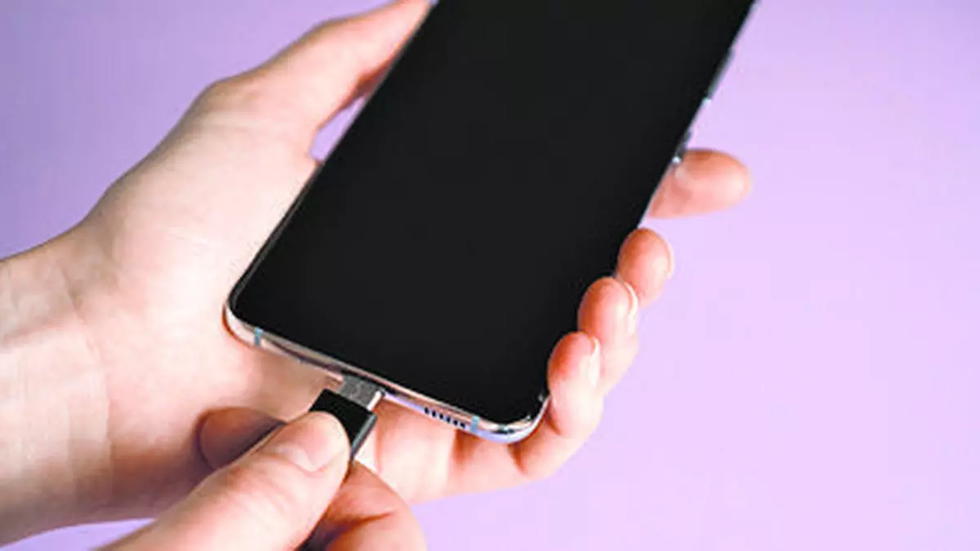The Reserve Bank of India (RBI) has issued a cautionary message to mobile phone users regarding the use of public USB charging ports due to concerns over cyberattacks.
What is Juice Jacking?
Juice jacking is a form of cyberattack where hackers manipulate public USB charging ports to infect devices with malware or steal data.
Risks Associated with Juice Jacking
- Public USB charging ports are vulnerable to malware injection or hardware tampering.
- Incidents of juice jacking have been reported in various public spaces.
RBI’s Emphasis on Cybersecurity
The RBI stresses the importance of safeguarding personal and financial data while using mobile devices.
Recommendations from RBI
- Avoid charging devices using public ports.
- Refrain from conducting financial transactions over public Wi-Fi networks.
- Use personal chargers and trusted power sources.
Additional Measures for Cyber Protection
- Utilize a virtual private network (VPN) for secure browsing.
- Ensure devices are updated with the latest security patches.
Conclusion
The RBI’s warning highlights the necessity for mobile phone users to prioritize cybersecurity and adopt preventive measures against potential threats.
Multiple Choice Questions (MCQs):
- What is juice jacking?
- A) A type of fruit drink
- B) A cyberattack targeting public USB charging ports
- C) A method of charging mobile devices using public Wi-Fi
- D) A software application for mobile phones
- What is the primary risk associated with juice jacking?
- A) Physical damage to the device
- B) Loss of battery power
- C) Theft of personal data or installation of malware
- D) Overheating of the device
- What precautionary measures does RBI advise against juice jacking?
- A) Using personal chargers and trusted power sources
- B) Conducting financial transactions over public Wi-Fi
- C) Sharing devices with strangers
- D) Ignoring security updates
- Which additional measure is recommended for cyber protection?
- A) Installing antivirus software
- B) Avoiding software updates
- C) Utilizing a virtual private network (VPN)
- D) Disabling device encryption
